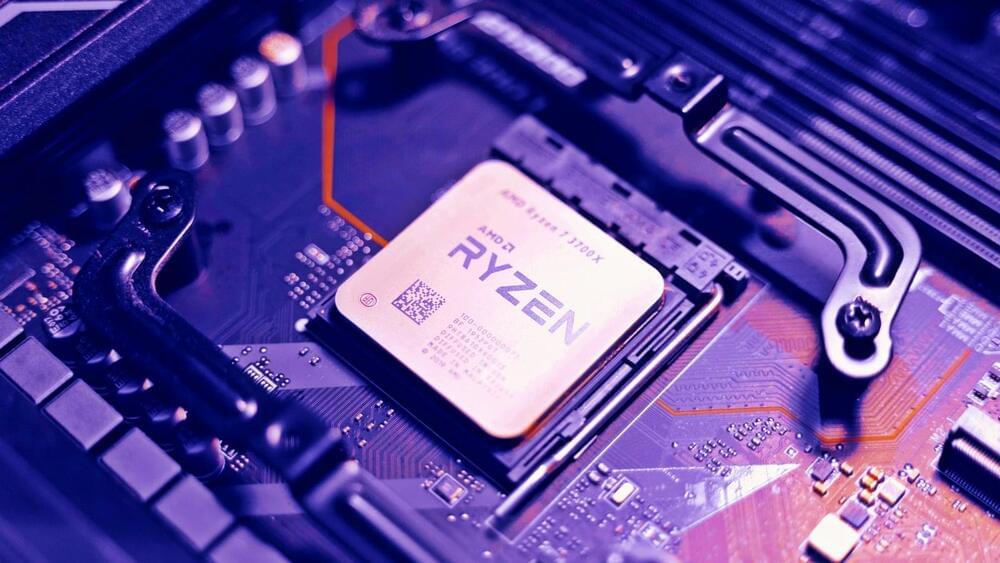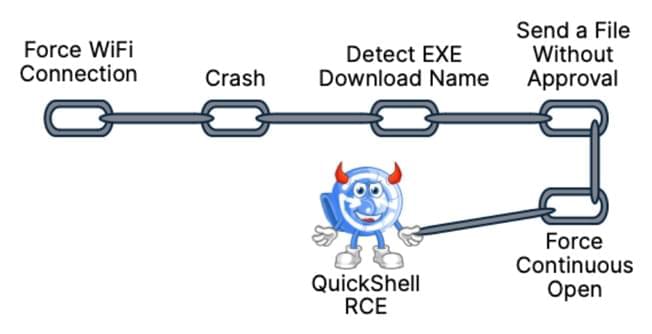Two teenagers won $50,000 for creating an ultrasonic microplastics filter, offering hope in the fight against plastic pollution.
Get the latest international news and world events from around the world.


New AMD SinkClose flaw helps install nearly undetectable malware
AMD is warning about a high-severity CPU vulnerability named SinkClose that impacts multiple generations of its EPYC, Ryzen, and Threadripper processors. The vulnerability allows attackers with Kernel-level (Ring 0) privileges to gain Ring-2 privileges and install malware that becomes nearly undetectable.
Ring-2 is one of the highest privilege levels on a computer, running above Ring-1 (used for hypervisors and CPU virtualization) and Ring 0, which is the privilege level used by an operating system’s Kernel.
The Ring-2 privilege level is associated with modern CPUs’ System Management Mode (SMM) feature. SMM handles power management, hardware control, security, and other low-level operations required for system stability.


Exploring the evolution of social norms with a supercomputer
Researchers from the RIKEN Center for Computational Science (Japan) and the Max Planck Institute for Evolutionary Biology (Germany) have published new findings on how social norms evolve over time. They simulated how norms promote different social behavior, and how the norms themselves come and go. Because of the enormous number of possible norms, these simulations were run on RIKEN’s Fugaku, one of the fastest supercomputers worldwide.


New Malware Hits 300,000 Users with Rogue Chrome and Edge Extensions
An ongoing, widespread malware campaign has been observed installing rogue Google Chrome and Microsoft Edge extensions via a trojan distributed via fake websites masquerading as popular software.
“The trojan malware contains different deliverables ranging from simple adware extensions that hijack searches to more sophisticated malicious scripts that deliver local extensions to steal private data and execute various commands,” the ReasonLabs research team said in an analysis.
“This trojan malware, existing since 2021, originates from imitations of download websites with add-ons to online games and videos.”

